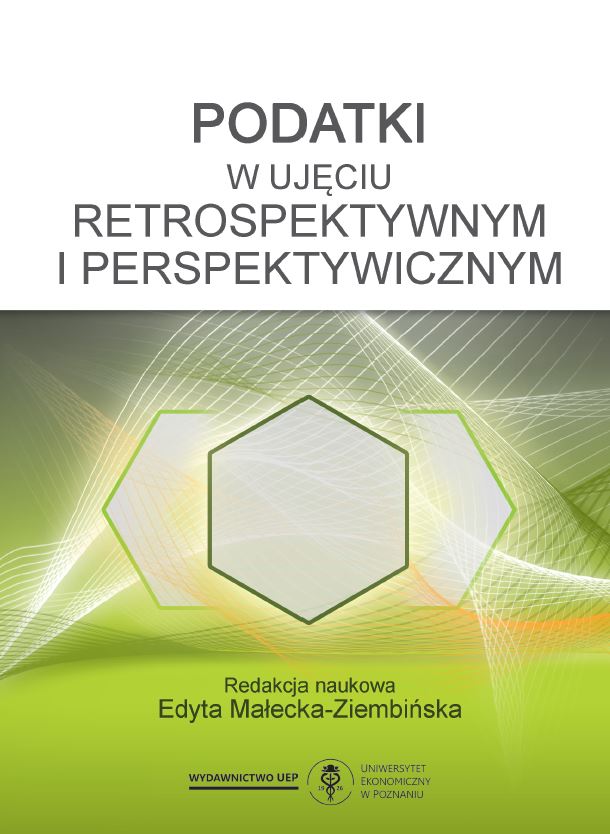Wpłaty od plastikowych odpadów opakowaniowych niepodlegających recyklingowi – nowe źródło dochodów budżetowych Unii Europejskiej
Payments from non-recyclable plastic packaging waste – a new source of budgetary revenue of the European Union
Author(s): Maciej Cieślukowski
Subject(s): Economy, Supranational / Global Economy, Business Economy / Management, Energy and Environmental Studies, Environmental and Energy policy, Public Finances, Fiscal Politics / Budgeting, Marketing / Advertising, Business Ethics, EU-Legislation
Published by: Wydawnictwo Uniwersytetu Ekonomicznego w Poznaniu
Keywords: Unia Europejska (UE);odpady;dochody budżetowe;opakowania plastikowe;polityka podatkowa;
Summary/Abstract: Purpose: To present the construction of a new source of EU budget revenues (contributions from non-recyclable plastic packaging waste) and its assessment against the EU’s own resources system from the point of view of the set criteria. Design/methodology/approach: The study is of a literature and empirical character. The research consists of four stages. The first stage presents the evolution of the EU’s own resources in the period 1951–2020. Domestic literature and EU source documents in Polish and English were used. In the second stage, the construction of a new source of revenue was presented.The legal regulations of the EU were used. The third stage is the presentation of the proposed burden-sharing for the new resource between Member States in 2022. For this purpose, internal regulations and EU statistical data was used. In the final stage of the research, the new sourceof revenue was assessed against other own resources according to the criteria set (simple structure, transparency, fiscal stability and efficiency, link with the EU policy, low collection costs, fair burden sharing, financial autonomy). EU source material was used for this. The study mainlyuses the method of descriptive analysis, and for the assessment of own resources—also the method of qualitative multi-criteria analysis. Findings: The analysis shows that the new source of revenue is primarily characterized by a simple structure, low collection costs, is also closely related to the EU environmental policy, and ensures a relatively fair burden-sharing between the Member States. On the other hand, the weaknesses of the new source are poor transparency and poor fiscal efficiency. As a result, it provides the Union with little financial independence. The new source of revenue generally improves the quality of the entire system of UE own resources.
Book: Podatki w ujęciu retrospektywnym i perspektywicznym
- Page Range: 210-225
- Page Count: 16
- Publication Year: 2022
- Language: Polish
- Content File-PDF

